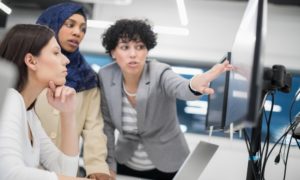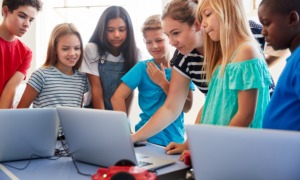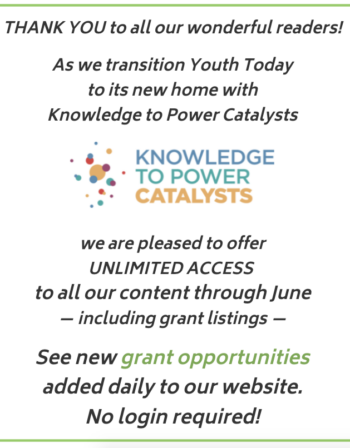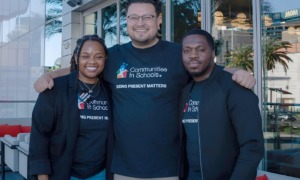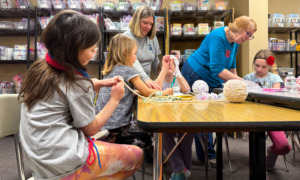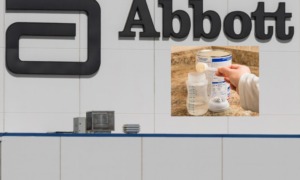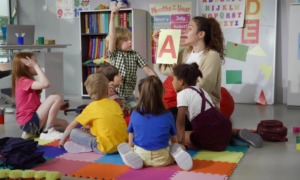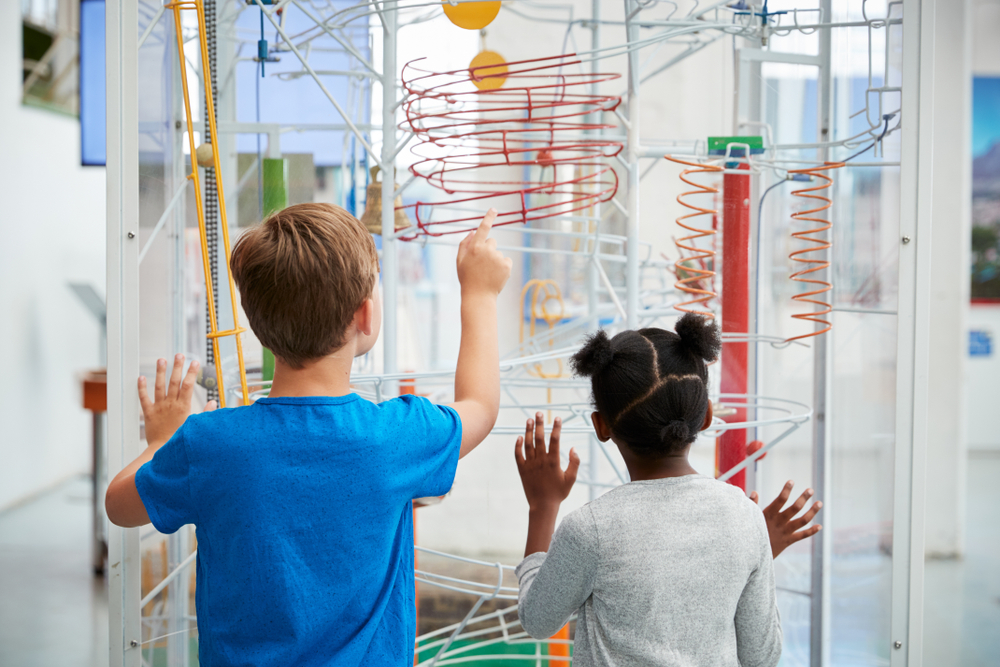
Monkey Business Images/Shutterstock
.
In light of high-stakes testing, children spend much of their in-school time listening to the teacher instruct whole group lessons and then practicing the lesson objective using skill and drill worksheets that are boring and irrelevant to students.
Out-of-school time needs to be nothing like school. One effective and highly motivating way is to use thematic curriculum, which organizes reading, writing, math, social studies and science lessons connected to an overarching theme. The idea of thematic curriculum is not new. Out-of-school academic and enrichment programs can offer thematic curriculum that will provide cohesive programming that offer rich learning experiences that are highly engaging and connect to the larger community.
Horizons at Warner, an affiliate of Horizons National, is a tuition-free academic and enrichment summer program serving low-income public school students on the campus of the University of Rochester. Each summer the K-eighth grade students are immersed in a thematic curriculum, characterized by activities through a shared topic for student questions and long-term inquiry.

Lynn Gatto
One such thematic curriculum was local history. Through the lens of local history, students explored and engaged with a range of historical events, writings, local resources and sites. Reading lessons drew from biographies of both more and less famous Rochesterians, as well as primary historical documents (diaries, letters, journal entries), speeches and periodicals, historical nonfiction and witness accounts of notable events.
For math and social studies, students constructed and interpreted timelines of Rochester’s history in relation to national events and concerns. Historical maps were used to teach map-reading skills and visual (re)presentation and were connected to more current and high-tech maps. This provided a critical lens for understanding Rochester’s history and current events.
Science and technology lessons included developing photographs, introducing the design process for creative inventions and making models of the many famous inventions from Rochesterians (ie. elevator, camera, voting machine, mail chute).
Students also interacted with visiting experts, such as a civil war re-enactor. They explored local archives and repositories (including those at the Monroe County Library and the UR’s Rush Rhees Library), and visited cultural and historical sites including the Genesee Country Village & Museum, Ganondagan State Historic Site, Mount Hope Cemetery, Susan B. Anthony House, Stone-Tolan House and the George Eastman House. These visits brought to life the biographies they read and the local history they were learning.
Throughout the unit and as part of their culminating project, students considered questions such as: What technology was invented in Rochester, and how did it affect our history? How did the Erie Canal change Rochester? In what ways has downtown changed, and why? How have different groups of people found their way to Rochester and how have they impacted Rochester’s growth?
Every summer the culminating event of the thematic curriculum demonstrates the learning and new understandings of the topic. The local history theme was celebrated with a parade. The parade included Susan B. Anthony and Frederick Douglass making speeches, women marching with placards demanding their voting rights, two shopping carts holding large three-dimensional maps of downtown Rochester 100 years ago and in the present day, and a band playing “The Erie Canal” song. The Horizons’ parents, community members and university staff and faculty were invited to view and cheer as the parade marched around the campus.
Advantages of Using Thematic Curriculum
The Horizons at Warner program has demonstrated two to three months’ growth in both reading and math for most of its students. Attendance and return rate for the six-week program averages 95%. Most of our students spend nine summers in our program. Parent and student surveys express almost a 100% satisfaction rate. Thematic curriculum has contributed to the success of this program.
The research on thematic curriculum demonstrates that using thematic curriculum is highly effective in reaching a broad range of students. Unlike traditional schooling, learning through thematic units connects disciplinary knowledge and immerses students in a rich environment for learning.
Skills are no longer taught in isolation. Instead students have opportunities to analyze, problem solve, make decisions and utilize reading, writing, math, science and social studies in meaningful contexts. Students have voice and choice within thematic curricula. This results in a deeper understanding of concepts, and when students are engaged in thematic units they demonstrate a higher motivation to learn.
Thematic programming supports student learning and enrichment by creating rigorous, relevant and critical curriculum. Thematic instruction incorporates an integrated hands-on approach and has the potential to facilitate cooperative and interactive learning opportunities for students. In more specific terms, thematic curriculum provides an enriched environment, offering a broad range of experiences in meaningful contexts, as well as opportunities for analyzing, problem-solving and utilizing skills in reading, writing, mathematics, science and social sciences. Out-of-school programs should consider offering students programming that is nothing like in-school time.
Lynn Astarita Gatto is an associate professor in the Warner School of Education and Human Development. She is a retired award-winning elementary teacher and recently retired executive director of Horizons at Warner.




